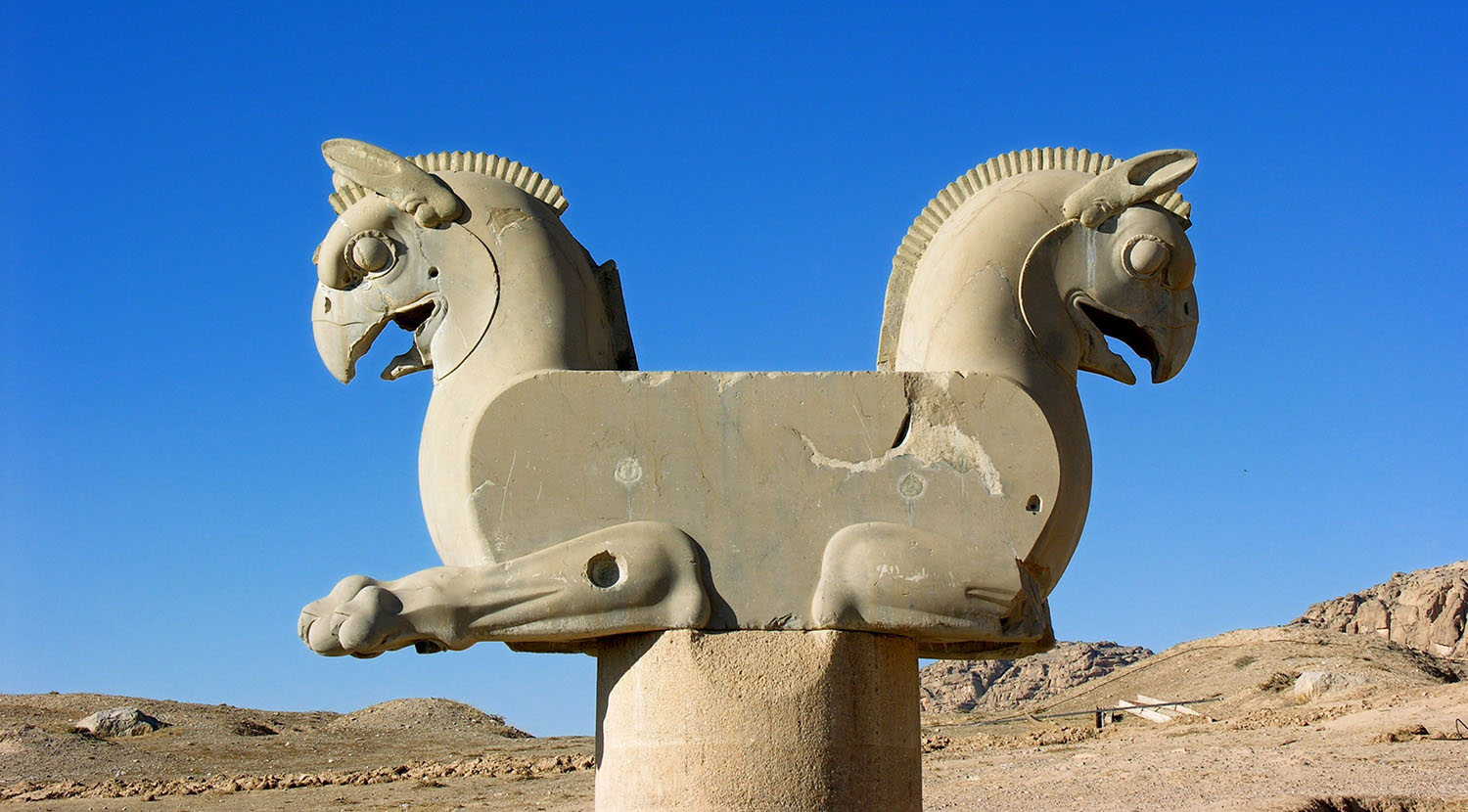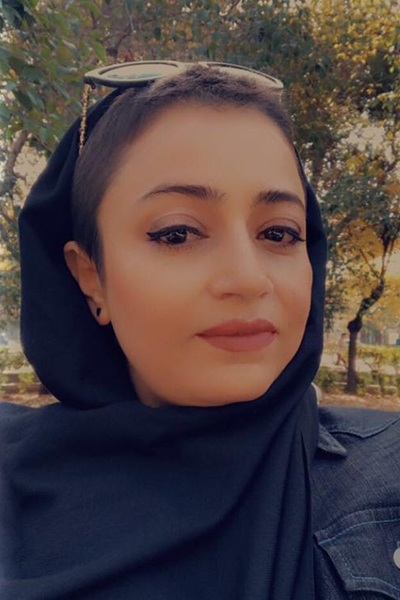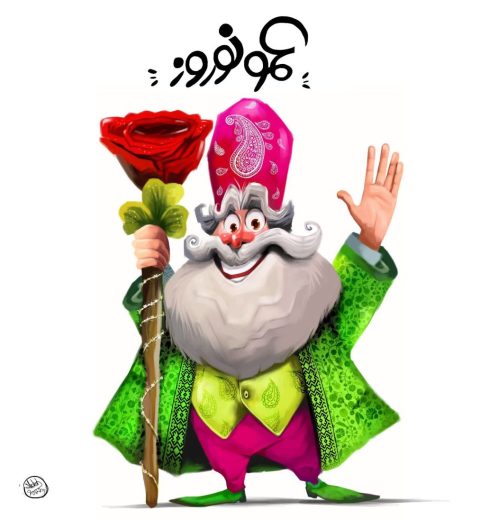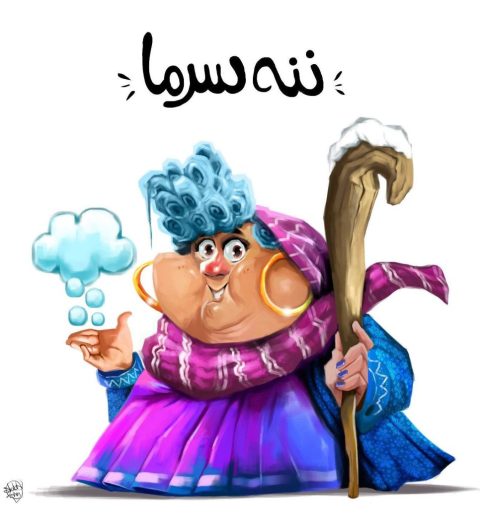Homa, Huma, or Homay-e Sa’adat (Homa of happiness) has a special place in the literature and culture of Iran; it is known that if his shadow falls on someone, the person achieves happiness, prosperity, and success. For this reason, statues of Homa have been placed on many columns of Persepolis, and in Persian literature, there are many poems in which Homa plays a key role. This bird was originally carnivorous, and since the Zoroastrians placed the bodies of the dead in caves, they believed that if Homa went to the body, the spirit of the dead would be happy in eternal peace.
What kind of bird is Homa?
Homa is in fact a carnivore that only eats bones and because of the special nutrition of this bird, it is also called “bone eater”. This vulture has one of the largest body sizes among birds and lives in the high mountains of Africa, southern Europe, and Asia, including Iran. The scientific name of Homa is Gypaetus Barbatus and in English, it is called Bearded vulture. Homa, which is currently one of the protected birds in Iran, often flies in the highlands of mountainous areas.
Eighty percent of the bird’s diet consists of bones and bone marrow. Unlike other vultures, this bony eater does not appear immediately on the body of animals and is not interested in eating their meat and carcasses. Homa waits for the rest of the vultures and carnivores to move away from the carcass, then, with the help of his beak, removes a piece of bone, flies to the sky with the bone, and stands on a rock and leaves the bone on a rock. Until the bone is broken and broken into smaller pieces. It then swallows the bones correctly. Homa also feeds on turtles and small lizards.
Bearded vultures are available in a variety of colors from pure white to reddish-orange. The soils containing iron oxide on this bird make it look horrible and horrible. Homa picks up the iron oxide-containing soil with her fork and rubs it on feathers and pillows for an hour to make sure it turns a fiery orange to a horrible look.
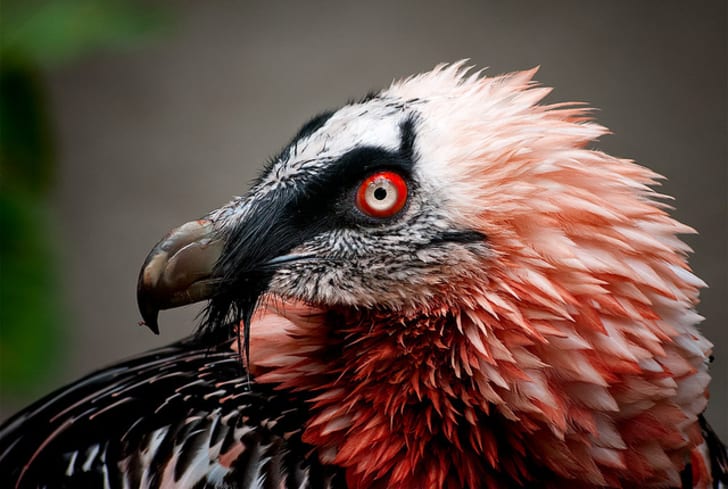
Homa’s place in Persian literature
Homa has a special place in Persian literature and many poets have mentioned it in their poems. In Persian literature, it is considered a symbol of prosperity, glory, happiness, and bliss. It is as if the shadow of him falls on a person, that person has reached happiness and perfection. They also congratulate him, and when he is found, people go to divination under his shadow.
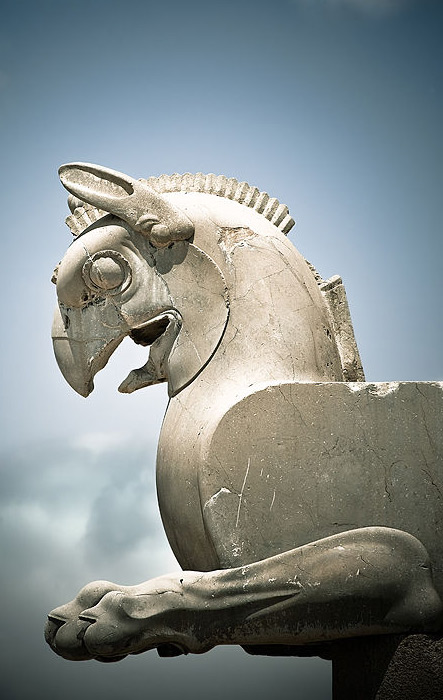
Homa in Persian myths
In Persian mythology, Homay, like Phoenix in Egyptian and Greek mythology, has dignity. Homa is a symbol of happiness in literature, unlike the owl, which is a symbol of cruelty. In Persian myths and proverbs, it is mentioned as a bone-eating and harmless bird. The role of this bird has been used in the carvings of Parseh or Persepolis columns. Two stone statues of Homa have also been found in the ruins of the Achaemenid capital. This shows the importance of this bird in ancient times. Homa is in fact a real and native bird of Iran, which has long been a sign of happiness in the beliefs of the people of this land. Homa has dignity in the eyes of the people and in the public belief has brought the pure and good people of the institution to happiness. A bird whose name has been repeated many times in the poems of the greats of Persian literature and because it is not easy to see it, it has been auspicious to see it in legends. It is interesting to know that in ancient Persian literature, whenever a kingdom passed and he was not the heir to succeed him, people were left in a gathering place, and whoever sat on the shoulder and shoulder of that person became the king of the land.
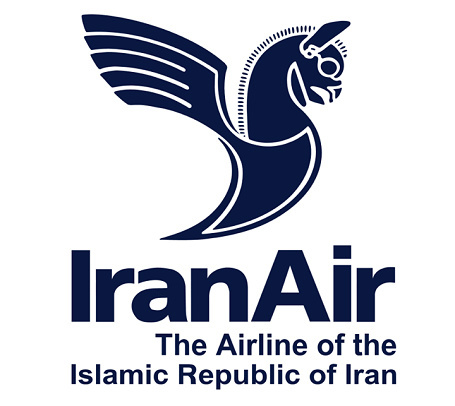
The National Iranian Airlines has abbreviated “HOMA” as the symbol of this bird in the best way, either in the interpretation of “Homay-e Sa’adat” or the bird of happiness or in the use of abbreviations for its name. This symbol was drawn in 1341 by Edouard Zahrabian for this travel company.

